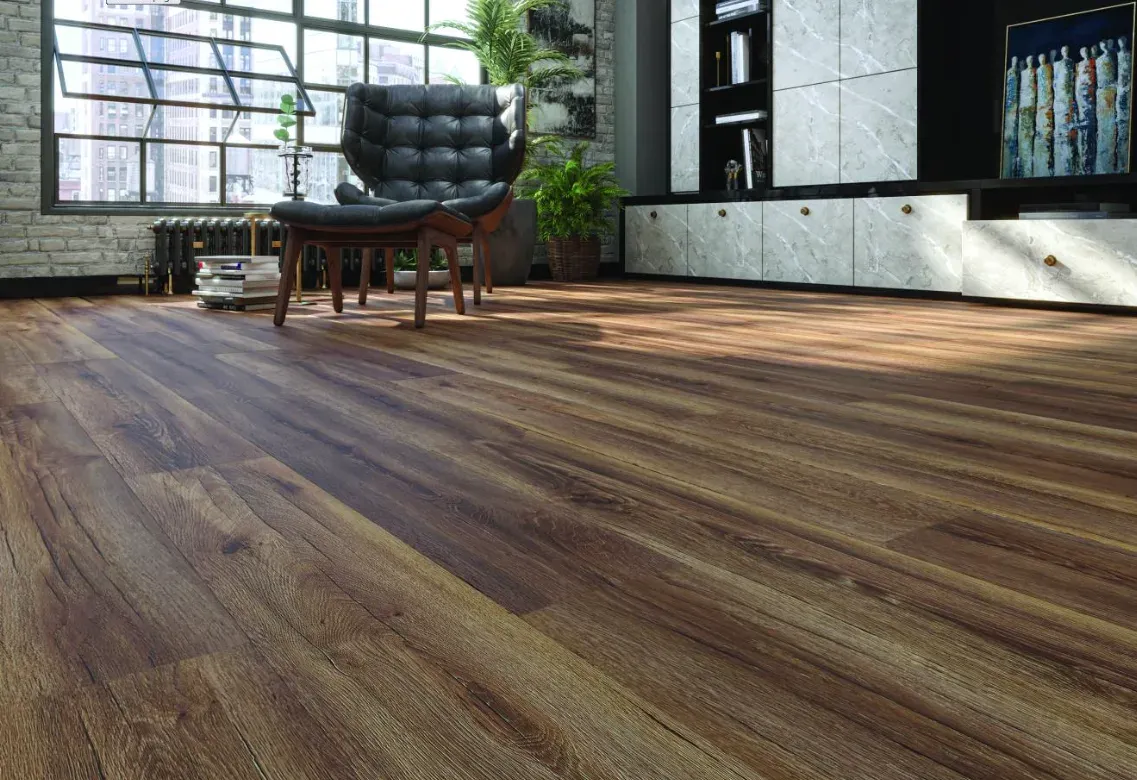lvt tiling
The Art of LVT Tiling A Comprehensive Guide
Luxury Vinyl Tile (LVT) has become a popular flooring choice in recent years, thanks to its versatility, durability, and aesthetic appeal. LVT tiling offers homeowners and designers an opportunity to create stunning spaces without the high costs associated with traditional materials like natural stone or hardwood. In this article, we will explore the benefits of LVT tiling, its installation methods, and design options to help you make an informed decision for your flooring needs.
Understanding LVT
Luxury Vinyl Tile is a synthetic flooring product that mimics the appearance of real wood or stone. Constructed from multiple layers, LVT combines a high-resolution photographic film layer, a clear wear layer for durability, and a backing layer that provides stability. This multi-layer construction ensures that LVT is resistant to scratches, stains, and moisture, making it ideal for high-traffic areas and spaces prone to spills, such as kitchens and bathrooms.
Benefits of LVT Tiling
One of the main advantages of LVT tiling is its versatility in design. Available in a wide array of colors, styles, and textures, LVT can replicate the look of various materials, allowing homeowners to achieve their desired aesthetic without compromising on comfort or performance. Additionally, LVT is softer underfoot compared to ceramic or stone tiles, making it a more comfortable choice for areas where you stand for long periods.
Another significant benefit is the ease of maintenance. LVT flooring is straightforward to clean and requires only regular sweeping and occasional mopping with a damp cloth. Its resistance to water and spills means that it won't warp or degrade over time, leading to long-lasting beauty and functionality.
Installation Methods
lvt tiling

When it comes to installing LVT, there are several methods to consider, each tailored to the specific needs of the space and the preferences of the installer. The most common installation methods include
1. Glue-down This method involves adhering the tiles directly to the subfloor using a strong adhesive. This is ideal for high-traffic areas or for those looking for a more permanent solution.
2. Click-lock (floating) This installation system allows the tiles to click together without the need for adhesive. It is an excellent option for DIY enthusiasts, as it is generally easier and quicker to install.
3. Loose lay This method involves placing the tiles directly over the subfloor without any adhesives. It is a great choice for temporary installations or for those who may want to change their flooring regularly.
Design Flexibility
LVT tiling offers unmatched design flexibility. It can be laid in various patterns, including herringbone, staggered, or straight lay, allowing for creative installations that enhance the visual appeal of a room. Furthermore, homeowners can combine different styles and colors to create distinctive accents or delineate spaces within an open floor plan.
Conclusion
In summary, LVT tiling is an excellent choice for anyone looking to update their flooring with a stylish, durable, and versatile option. With its wide range of designs, ease of maintenance, and various installation methods, LVT meets the needs of modern homeowners and complements a variety of interior styles. Whether you want a luxurious look without the hefty price tag or need a robust solution for a busy household, LVT tiling might just be the perfect fit for your next project.
-
SPC FlooringJun.24,2025
-
Bathroom Wall CoveringsJun.24,2025
-
Why Dry Back LVT Flooring Is the Smart Choice for Modern InteriorsJun.05,2025
-
Transform Your Interiors with Elegant Luxury Vinyl Flooring OptionsJun.05,2025
-
The Rise of SPC Vinyl Flooring: A Modern Solution for Durable and Stylish SpacesJun.05,2025
-
Click LVT Flooring: The Perfect Blend of Style, Strength, and SimplicityJun.05,2025




